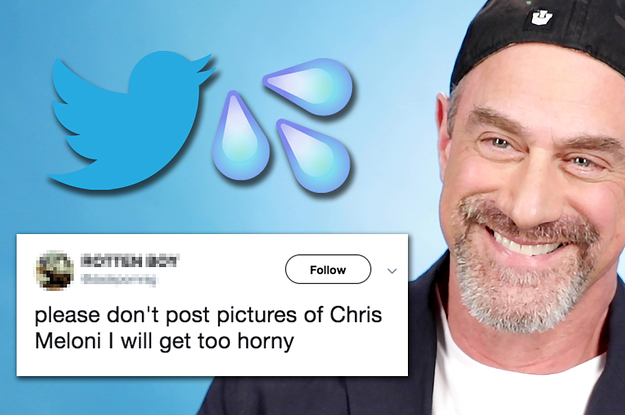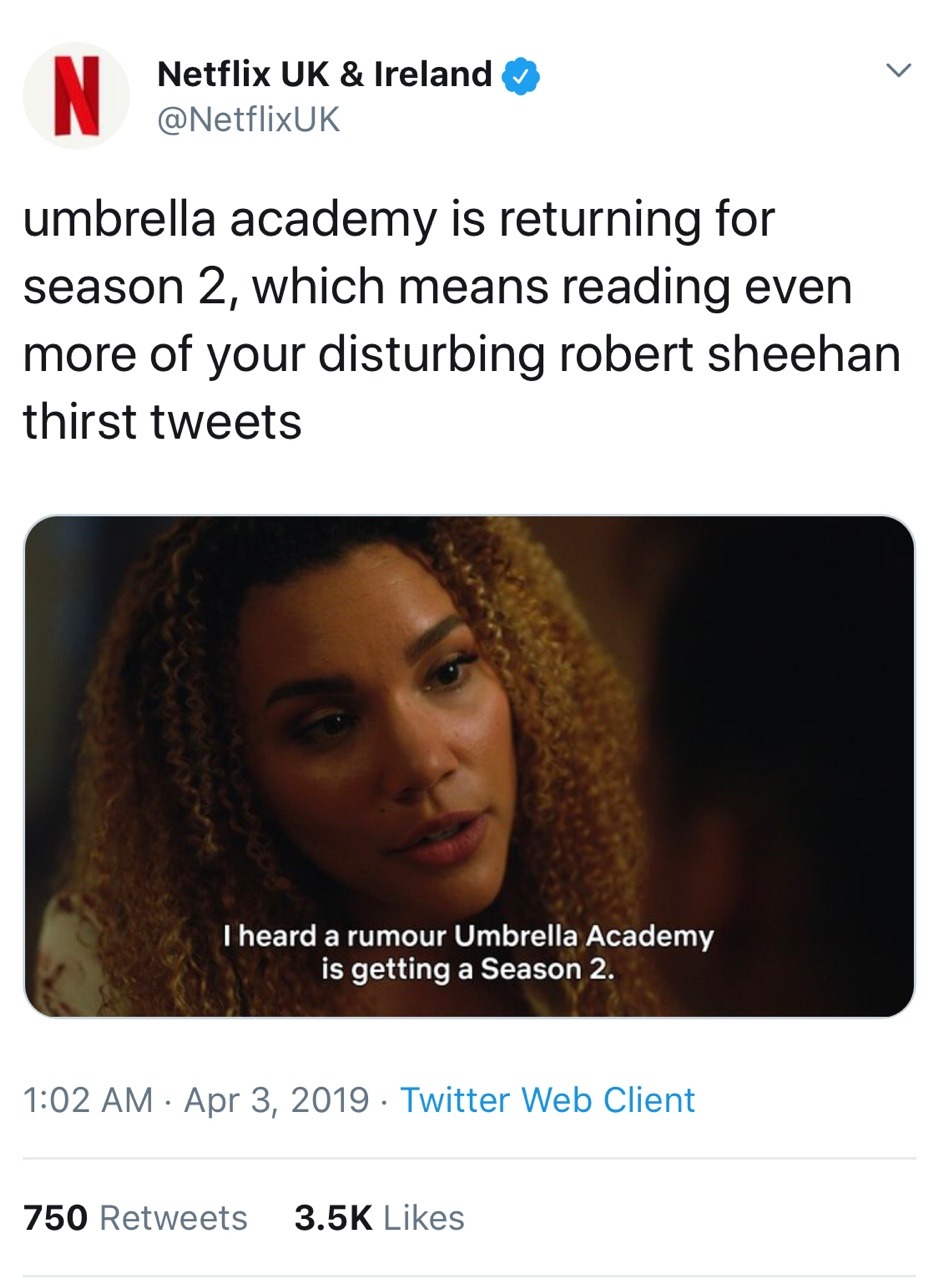Editor’s Note: FII’s #MoodOfTheMonth for November, 2021 is Popular Culture Narratives. We invite submissions on various aspects of pop culture, throughout this month. If you’d like to contribute, kindly email your articles to sukanya@feminisminindia.com
Thirst tweet videos on the BuzzFeed YouTube channel regularly ratchet up millions of views and the comments section feels like one is at a stadium, cheering on players, and the exercise is not just about being creative, but also unnecessarily sexual and violent. Thirst tweets are tweets by fans expressing sexual desire towards a celebrity, and some of them are very explicit.
We usually do this to male celebrities, mostly straight cisgender men whose discomfort is seen as cute or funny. The man in question is only allowed to react with shock or awkwardness. No line cannot be crossed, and nothing can be too insensitive with a thirst tweet. At most, the celebrity stops reading the tweet but has to apologise for his discomfort awkwardly. It is as if the sexual objectification in thirst tweets must be taken in stride and worn as a badge of honor.
Seldom do we see women reading out such explicit sexual material. Something like “I want the government to create a law where Tom Ellis can’t wear a shirt. He has to be shirtless 24/7,” read out by Tom Ellis himself on a BuzzFeed video, would be instantly called out as creepy and disturbing if a man on the internet wrote it to a female celebrity. This is not to question our rightful outrage in the latter scenario. Women are most often the targets of harassment and sexual violence, with men perpetrating the crimes in disproportionately large numbers. Systemic patriarchy changes the way objectification is understood and carried out, and we need to address the difference between healthy sexual expression of desire and sexual commodification.
Objectification of men by women does not hold the same amount of gravitas in society because of the hierarchical dynamic between the sexes- a woman expressing her sexual desires for a man would be perceived as radical rather than threatening because owning sexual agency is socially something that has always been denied to women.
That said, by objectifying men and not giving them a chance to be angered, hurt or disgusted, or vulnerable with their emotions in situations of thirst tweets being thrown at them, the media reinforces problematic notions of toxic masculinity, where sexual desirability is treated as the pinnacle of manhood. This in no way reduces the high incidence of direct objectification of women in popular media narratives, nor does it help create better storylines or well-rounded characters.
It could be a symptom of the lack of sexual freedom and judgment-free, safe spaces available to people, especially women and queer individuals to express their sexual needs comfortably. Some might describe thirst tweets as an inevitable part of celebrity culture, just like paparazzi photos. But where is the line between healthy sexual expression and outright creepiness?
Sexual tweets are also embellished with metaphors and innuendos, often charged with murderous passion (Just following the template here to make an example: If so and so were to run a truck over me, I would sigh with happiness.) The upsetting aspect is the way these desires get expressed – the masochistic language, the extreme existential angst, the “sexual flattery” (if I have to give it a name) that pop culture wants men to accept, with a few queasy chuckles and red faces, that make the tweets seem harmless.
When we talk about consent, it feels like thirst tweets are excusable on a certain level since they are fantasies in a virtual medium in an imaginary sexual scenario. If so, do invasive, masochistic desires not need to be questioned for consent to be carried out? What about the other kind of tweets, where the person tweeting demands bizarre sexual favors, or “thirsts” from celebrity body parts, or suggest stalking the celebrity?
Also read: Portrayal Of Thirst: The Sexist Advertising Used By Beverage & Cold Drink Brands

It could be that we are missing out on a simple aspect of consent: don’t suggest something that makes the other person uncomfortable without knowing they agree to it. The internet is a cesspool where grey areas are abound. With progressively open communication on sexual needs, rights and sexualities, it seems that on the surface at least, thirst tweets are a mode of expression, using hyperbolic language far divorced from real-world consequences as a method of subverting traditional expectations and gendered behavior.
It could be a symptom of the lack of sexual freedom and judgment-free, safe spaces available to people, especially women and queer individuals to express their sexual needs comfortably. Some might describe thirst tweets as an inevitable part of celebrity culture, just like paparazzi photos. But where is the line between healthy sexual expression and outright creepiness?
We should keep fantasies that are private to ourselves and our consenting partners, just as we would if we meet a stranger we are sexually intrigued by in person. Sex positivity is an excellent outcome of progressive movements. Still, we may need to remove ourselves from stereotypes of masculinity and femininity and not fall back on the dominant paradigm of objectification to express our kinks and fantasies
Language matters a lot. Maybe it’s better to dial it down a little when it comes to thirsting. If we imagine ourselves on the street, face to face with this person, would we say the same things with the same level of comfort, without any awkwardness, as we do behind our screens?

If staring at someone, making sexually suggestive remarks, or even flirting in a way that makes someone uncomfortable is called creepy with absolute certainty, why are violent sexual desires on the internet anything else? Sexual desire is a human need, a human expression- saying that someone is hot and attractive is perfectly fine, but we must draw a line.
We should keep fantasies that are private to ourselves and our consenting partners, just as we would if we meet a stranger we are sexually intrigued by in person. Sex positivity is an excellent outcome of progressive movements. Still, we may need to remove ourselves from stereotypes of masculinity and femininity and not fall back on the dominant paradigm of objectification to express our kinks and fantasies.
Also read: Portraying Female Sexual Desire: Can Cinema Help Us Hit The G-Spot?
Semanti is a queer feminist with a love for the environment. When not struggling with intrusive thoughts they enjoy writing poetry, deconstructing social issues, everyday culture and media portrayals through a feminist viewpoint. Currently pursuing a Masters in Women’s Studies at the Tata Institute of Social Sciences, Mumbai, they have previously dabbled in the spheres of education, environmental journalism, literature and women’s rights
Featured Image Source: Dribble




